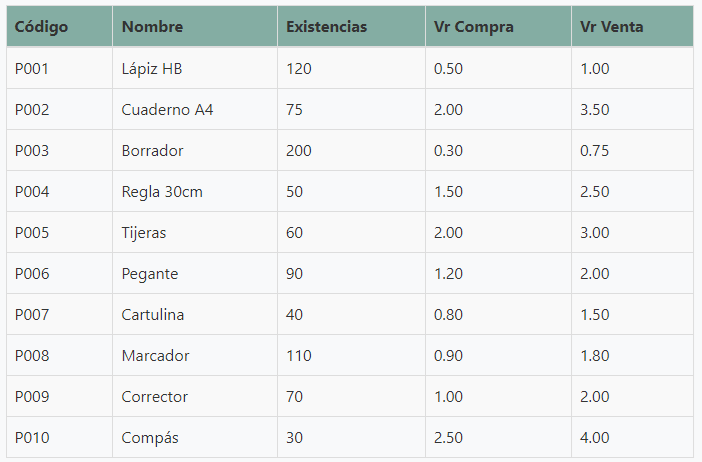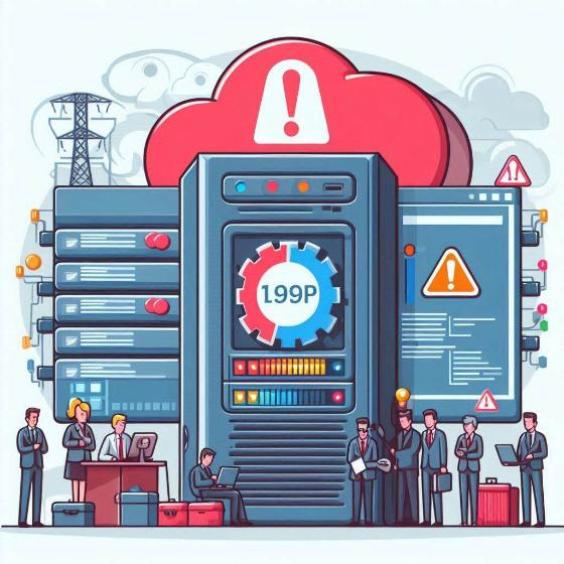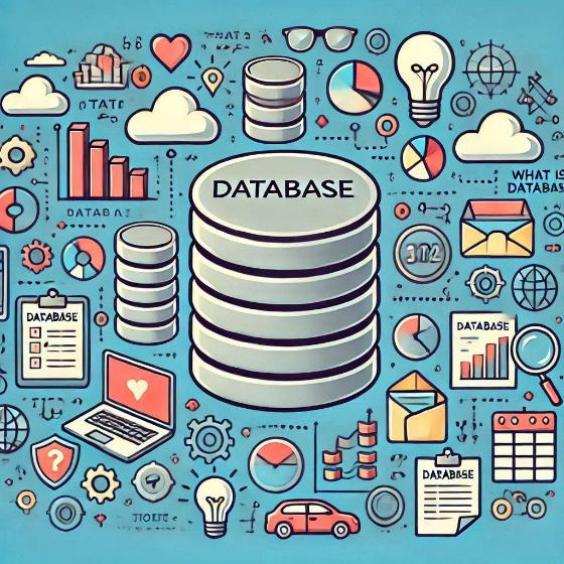What is an Inventory and what is it for. Examples.
Inventory is a fundamental tool in the management of any business that handles products, whether it is a small local store, a supermarket, or a large manufacturing company. But what exactly is inventory and what is its purpose?

Definition of Inventory
Inventory is the detailed record of all the goods and materials that an organization possesses at a given moment. This record includes finished products, raw materials, products in process, and any other physical resource that is part of the business operations.
History of Inventory
The concept of inventory has deep roots in the history of humanity, dating back to the first civilizations that sought to organize their resources. The oldest inventory records are found on clay tablets from the ancient Mesopotamia, around 3,000 BC, where the Sumerians used cuneiform writing to account for goods such as grains, livestock, and tools. These lists were essential for managing the resources of temples and palaces, ensuring supply during periods of scarcity, and administering taxes. This primitive method marked the beginning of a practice that would evolve over time, adapting to the economic and commercial needs of each era.
Types of Inventories

There are several types of inventories, depending on their function within the company:
- Raw Materials Inventory: These are the materials necessary for the production of goods.
- Work-in-Process Inventory: Includes goods that are in the manufacturing stage.
- Finished Goods Inventory: Corresponds to products ready for sale.
- Safety Stock Inventory: Maintained to prevent interruptions in production or sales.
- In-Transit Inventory: Products that are en route to their final destination.
Example of an Inventory
| Code | Name | Stock | Purchase Value | Sale Value |
|---|---|---|---|---|
| E001 | iPhone 14 Pro Max | 20 | 950.00 | 1200.00 |
| E002 | Xiaomi Redmi Note 12 | 50 | 250.00 | 350.00 |
| E003 | Samsung Galaxy S23 | 15 | 800.00 | 1000.00 |
| E004 | Apple MacBook Air M2 | 10 | 950.00 | 1300.00 |
| E005 | Xiaomi Mi Band 7 | 80 | 30.00 | 50.00 |
| E006 | Apple Watch Series 8 | 25 | 350.00 | 450.00 |
| E007 | Samsung Galaxy Watch 5 | 30 | 200.00 | 300.00 |
| E008 | Xiaomi Smart TV P1 | 12 | 400.00 | 550.00 |
| E009 | Apple iPad Pro 11” | 18 | 800.00 | 1000.00 |
| E010 | Sony WH-1000XM5 | 40 | 280.00 | 400.00 |
What is Inventory used for?
Inventory serves multiple functions within a company, including:
- Controlling available resources: It allows you to know which products or materials are in stock and in what quantities.
- Avoiding stockouts: It helps prevent product shortages at key moments, ensuring there is always enough stock to meet demand.
- Optimizing costs: By maintaining an appropriate inventory, unnecessary expenses such as overbuying or excessive storage are avoided.
- Improving planning: It facilitates informed decision-making about purchases, production, and sales.
- Complying with legal and accounting requirements: Many regulations require a clear record of goods for tax purposes.
Benefits of good Inventory Management
Proper inventory management brings numerous benefits, such as:
- Increased operational efficiency: Reduces downtime and costs due to product shortages.
- Greater customer satisfaction: There will always be availability of the products they need.
- Reduction of losses: Prevents products from expiring or becoming obsolete.
Tools for managing Inventories
Nowadays, there are various technological tools to facilitate inventory management. For example, systems like Inventarios1A allow real-time control from any device, offering features such as:
- Automated Kardex.
- Management of multiple warehouses.
- Generation of QR and barcode labels.
- Integration with online stores.
In conclusion, an inventory is not just a record, but a strategic tool that, when well managed, can make the difference between the success and failure of a business. If you still don't have an efficient system to manage your inventories, what are you waiting for?





